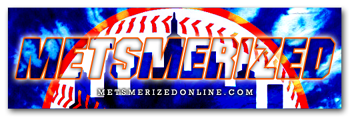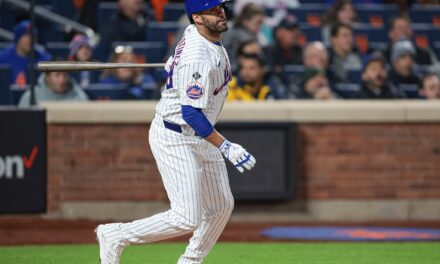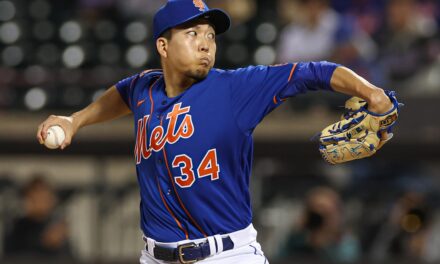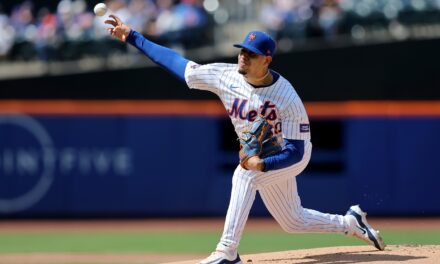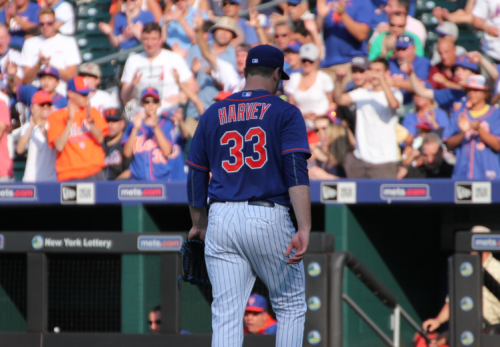
Stat Line: 7 IP, 5 R, 5 H, 3 SO, 4 BB
“It was one of those games where I need to put up zeroes earlier in the game, and I wasn’t able to do that. But I think I’m pretty happy with the way that the last couple of innings went… Unfortunately, it was a big series and I needed to find it earlier and I wasn’t able to do that.”
Pitching on eight days of rest and working for the first time ever with catcher Anthony Recker, on Monday night, Matt Harvey struggled with fastball command allowing five runs in the first three innings before keeping the Washington Nationals hitless for the remaining four innings of his outing.
As noted in my Mets Mid-Season Pitching Report Card, Harvey’s command is the last hurdle in his road to recovering from Tommy John Surgery.
In this article I will explain the result of Harvey’s poor fastball command.
Fastball Command
Harvey commanded his fastball well on the corners of the plate but struggled to locate the fastball down at the opposing hitter’s knee. Instead, Harvey threw his fastball between thigh-high and belt-high.
This small difference in fastball command results in one extreme difference: Knee-high fastball create more swing and misses (miss/whiff rate %) which equates to more strikeouts. Thigh-high to belt-high fastballs create a much higher percentage of baseballs hit into play which result in less strikeouts and more reliance on the fielders behind the pitcher.
In the first inning, Harvey missed with a two-seam fastball thigh-high on the inside corner to Yunel Escobar. Escobar was able make enough contact to dribble a groundball between Mets infielders Daniel Murphy and Ruben Tejada for an RBI single. If Harvey threw that fastball at knee-high, Escobar would have either swung and missed or fouled the fastball off his own foot.
Here was the statistic given in Friday night’s breakdown of Noah Syndergaard vs. the St. Louis Cardinals: “Syndergaard had an extremely high fastball miss rate/whiff rate percentage of 21.2%. For comparison, Aroldis Chapman’s miss/whiff rate with his 100+ mph fastball in 2014 was 19.2%.”
Last night, Harvey had a horrific 4.6% miss/whiff rate with his fastball.
Looking Forward
Harvey’s next probable start comes against the Los Angeles Dodger on Saturday. The last time Harvey faced the Dodgers came just three starts ago in the nationally broadcasted July 4th matchup. In that outing, Harvey struggled to get ahead of hitters which lead to five walks and three earned runs over five innings.
Stat of the Night
Harvey showed a good first pitch strike rate at 66%. Additionally, Harvey got to two-strike counts against 11 of the Nationals batters but only converted three strikeouts.
Follow Chris Zaccherio on Twitter @ziography for more Mets pitching insight that goes beyond statistics.
